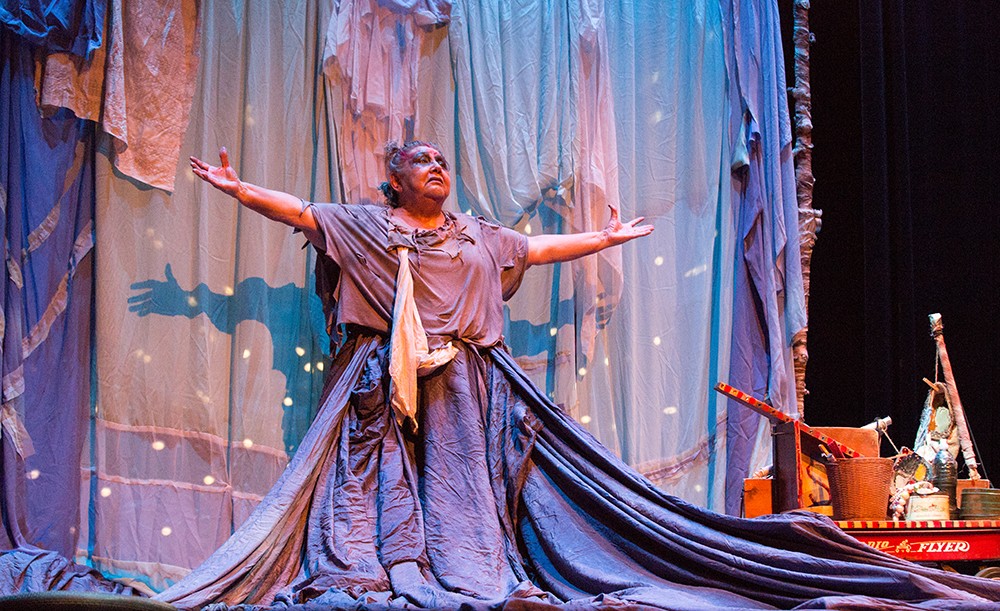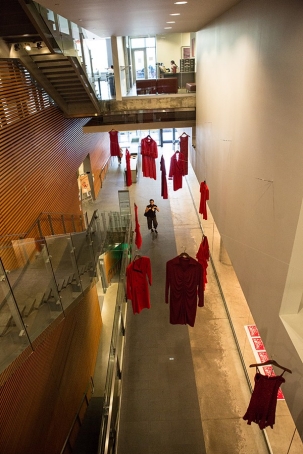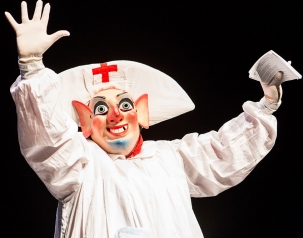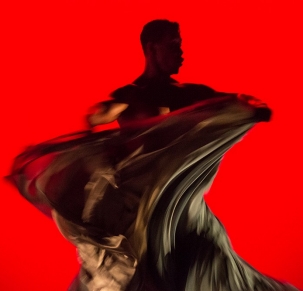The Encuentro is co-hosted every two years by the Hemispheric Institute of Performance and Politics in a different city in the Americas. The ninth edition was the biggest yet, and marked its first visit to Canada.
One of the goals of the conference was to highlight Canada’s First Nations and their important place in the country’s political and cultural landscape. Cree playwright, novelist and songwriter Tomson Highway kicked off the Encuentro with a keynote address, in which he made an impassioned case for the preservation of native languages. On June 28, Canadian filmmaker Alanis Obomsawin, a member of the Abenaki Nation, spoke about the many documentary films she has made about Native communities and issues facing indigenous people throughout her career.
“I think we really showed some of the great artists and thinkers of First Nations Canada to our guests from outside of the country,” Sussman says. “It was a strong part of the Canadian programming for the event, and why this edition was such a success.”
The Encuentro wouldn’t have been possible without the help of an army of people and the collaboration of numerous partner venues, Sussman insists. “We had production interns, volunteers and staff scattered throughout the city. We also had the help of the STM [Société de transport de Montréal] bussing people from place to place.”


 Jaime Black, The REDress Project
Jaime Black, The REDress Project Ana Correa (Grupo Cultural Yuyachkani) performs Confessions | Photo courtesy of Concordia University
Ana Correa (Grupo Cultural Yuyachkani) performs Confessions | Photo courtesy of Concordia University
 Le Groupe Herencias performs Yemayo | Photo courtesy of Concordia University
Le Groupe Herencias performs Yemayo | Photo courtesy of Concordia University